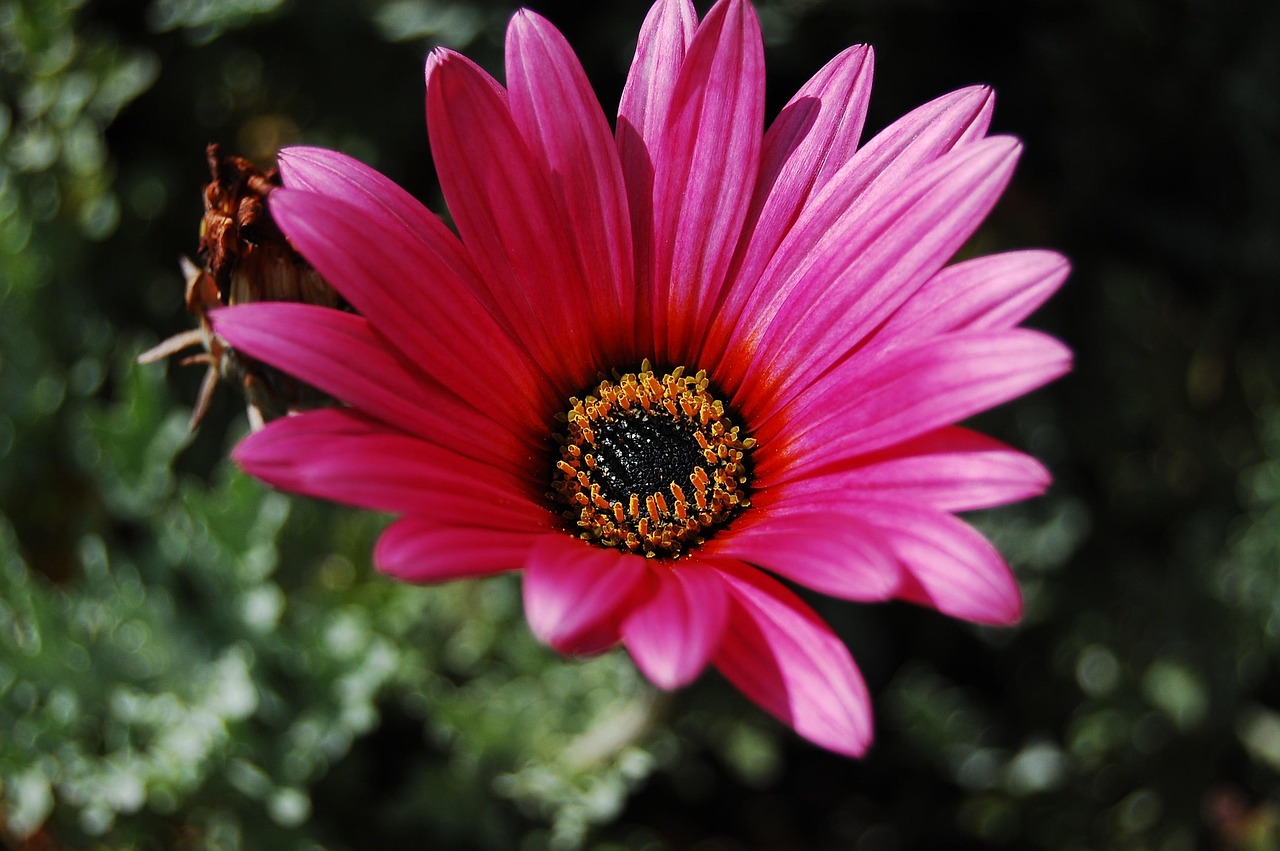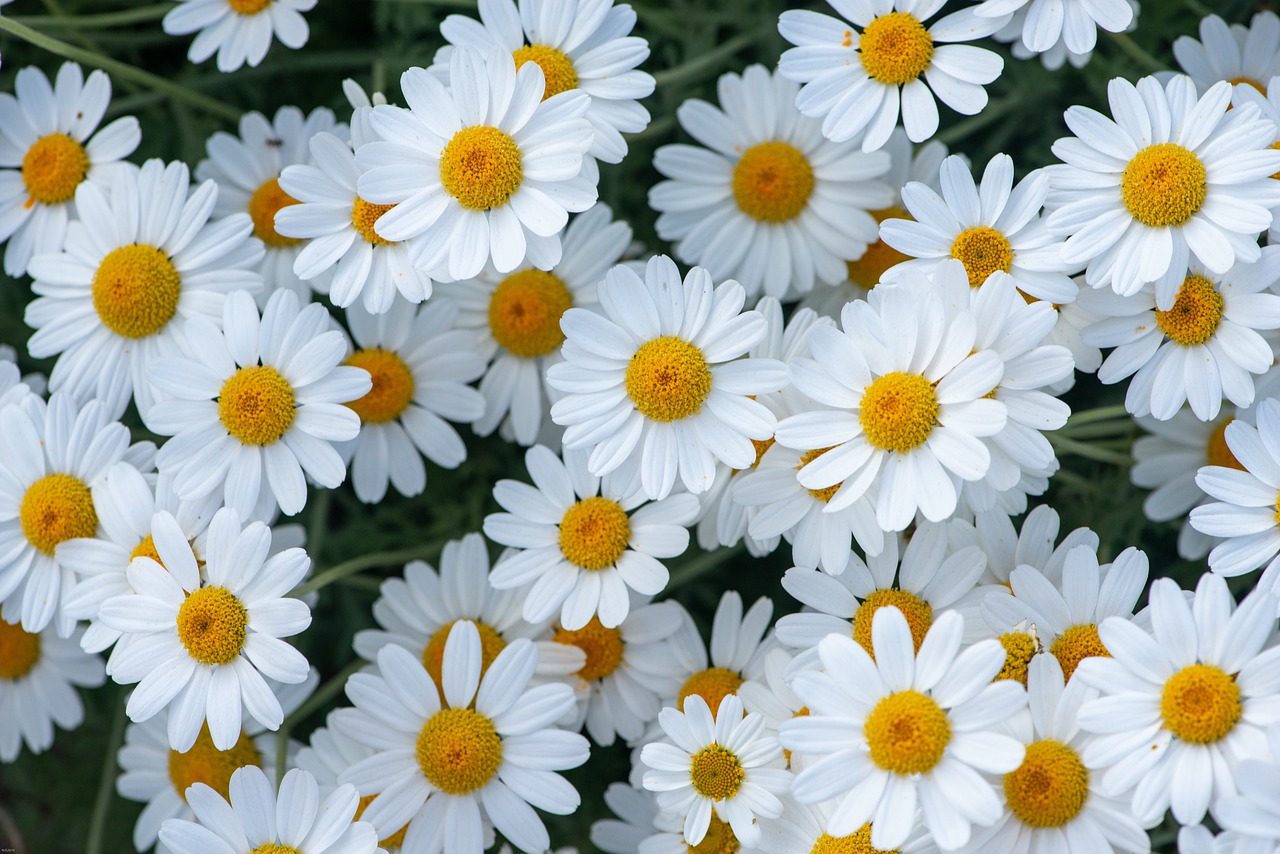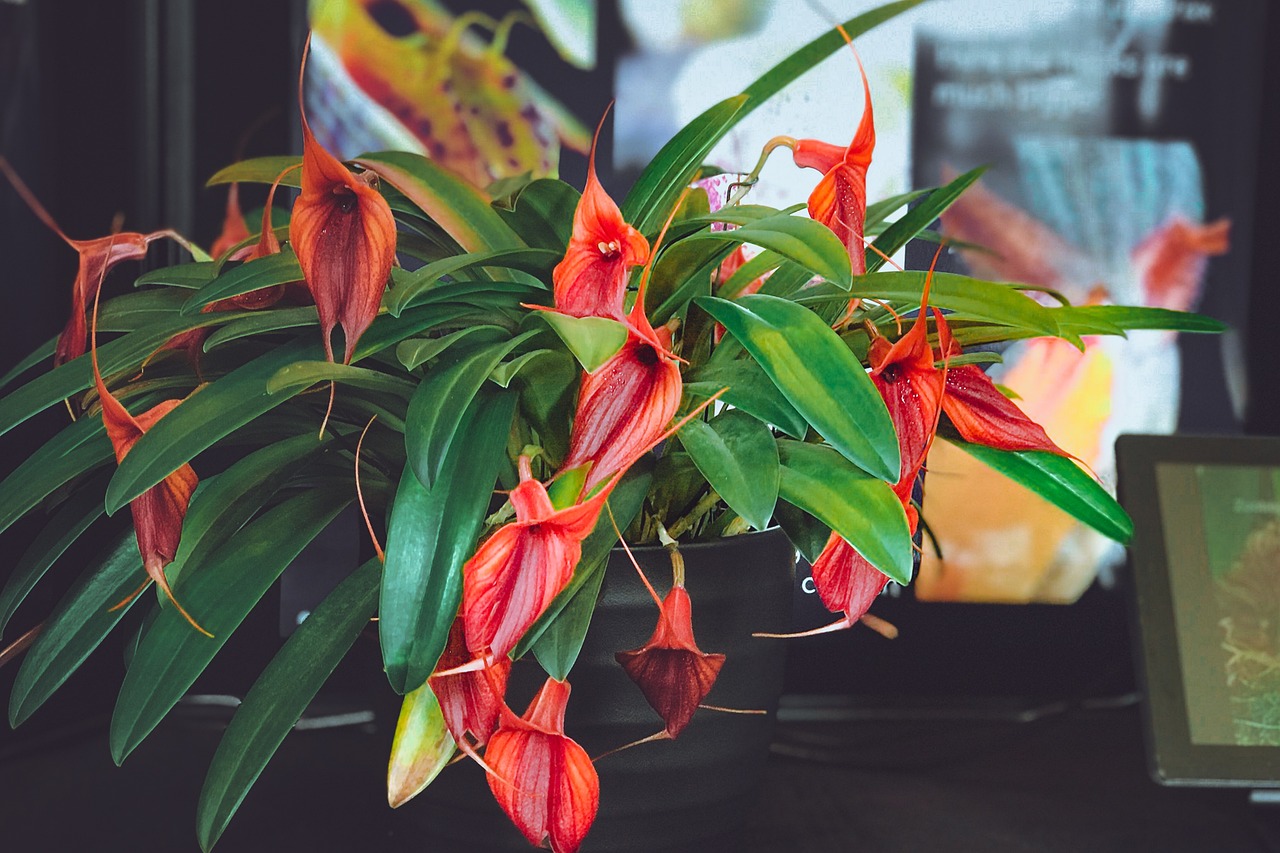Hototogisu | Autumn Perennial with Spotted Elegance in Japanese Gardens
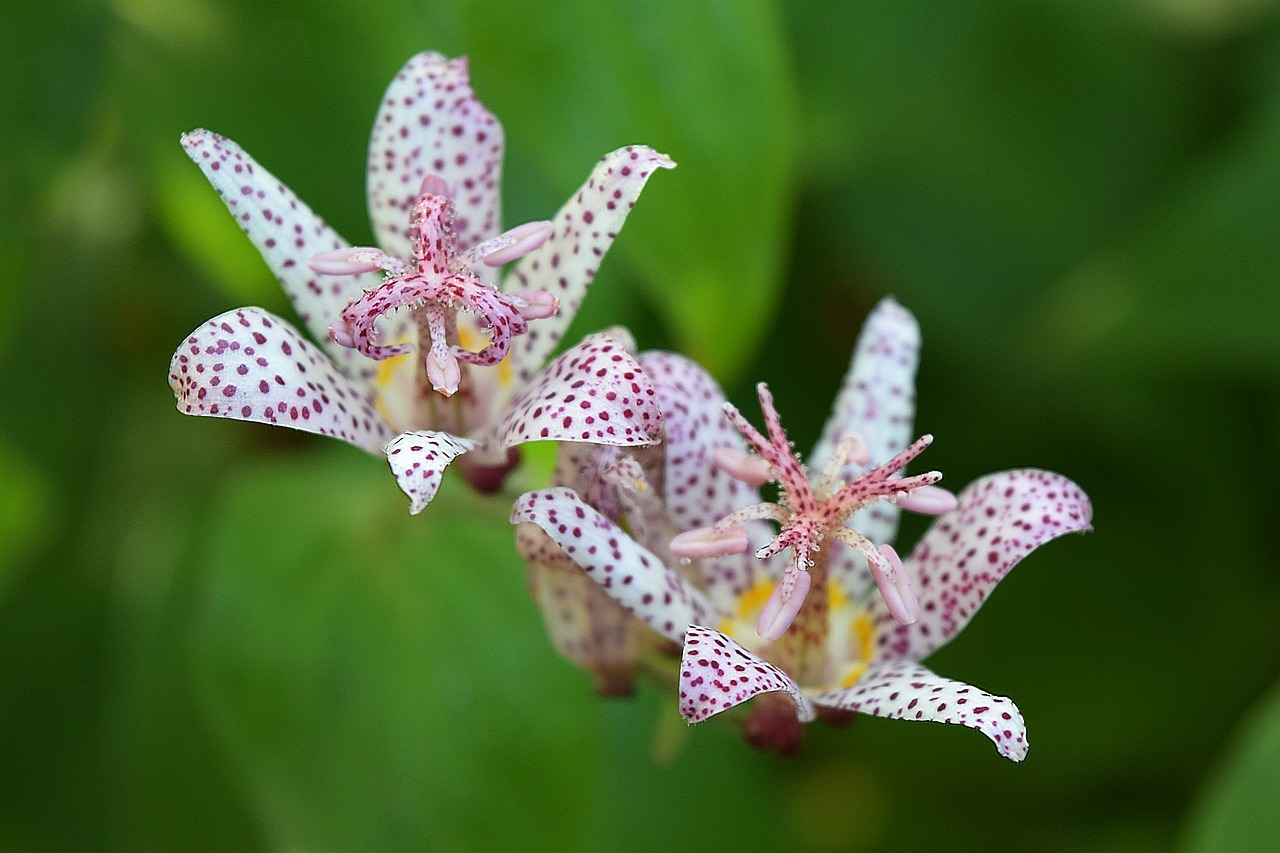
The Hototogisu (Tricyrtis hirta) is a perennial plant characterized by its distinctive spotted flowers and natural, rustic beauty. I appreciate it as one of Japan’s beloved wildflowers and as a popular plant that brightens autumn gardens.
In this article, I will explain in detail the basic information, cultural and historical background, and key points for growing Hototogisu.
Basic Information
- Scientific name: Tricyrtis hirta
- Family: Liliaceae
- Origin: Japan, China, Taiwan
- Appearance: This perennial grows about 30–80 cm tall, with slender stems bearing oval leaves alternately. The flowers, blooming mainly in autumn, are white with purple or reddish-purple spots, featuring a star-shaped form that captures attention in gardens and wildflower arrangements.
- Blooming season: September to October, though flowers may appear in late summer depending on the region.
Cultural Significance Worldwide
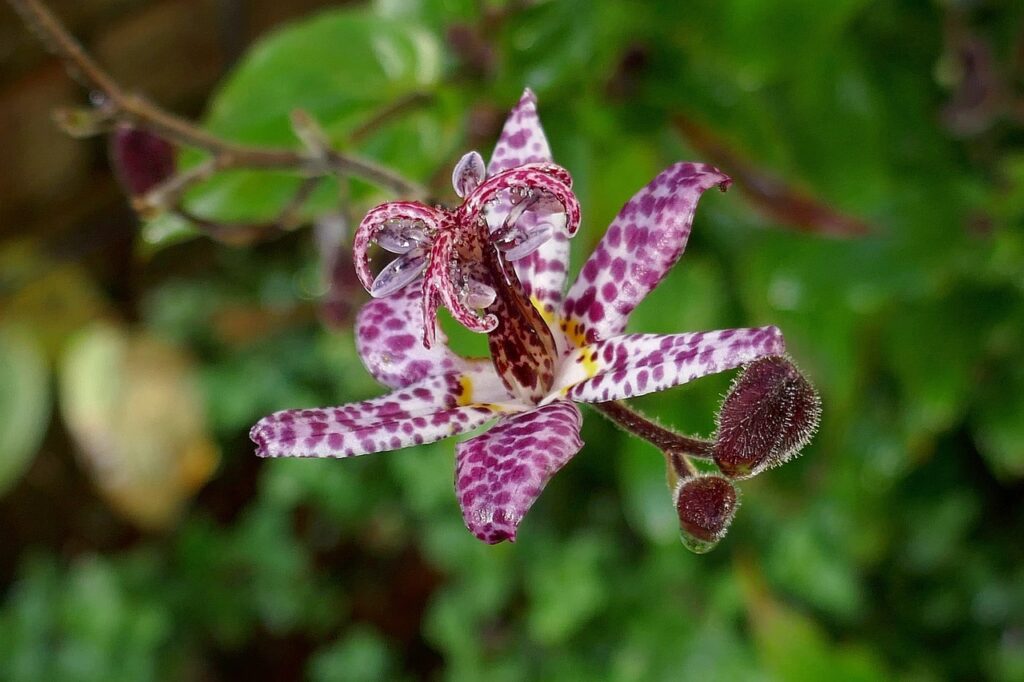
The name “Hototogisu” comes from the resemblance of the flower’s spots to the breast markings of the cuckoo bird (Cuculus poliocephalus). In Japan, it is cherished as a symbol of autumn and is often planted in traditional gardens and tea ceremony settings, embodying the aesthetics of wabi-sabi.
In China and Taiwan, it is grown as an ornamental plant, frequently enjoyed in bonsai or potted form. Its delicate beauty has inspired poetry and paintings.
In the West, the plant is known as “toad lily.” Admired for both its unique patterns and resilience, it is widely cultivated in gardens and as a border plant.
Historical Background
In Japan, Hototogisu has been loved as a wildflower since ancient times. During the Edo period, it began to be cultivated for gardens, and horticulturists developed many varieties to emphasize its distinctive patterns.
It also appeared frequently in haiku and waka poetry, becoming deeply rooted in Japanese culture as a seasonal symbol of autumn.
The plant was introduced to Europe in the late 19th century, where its exotic form fascinated gardeners. In Victorian England, it became highly prized in botanical gardens and private collections as a rare Asian specimen.
Gardening Advice

Hototogisu is hardy and relatively easy to grow, but providing the right environment will enhance its beauty.
Sunlight
Prefers partial shade. Strong direct sunlight can scorch the leaves, so a bright but shaded location is ideal.
Watering
Water moderately when the surface soil begins to dry. Ensure good drainage to prevent root rot.
Soil
Moist but well-drained soil enriched with leaf mold or peat moss is recommended.
Fertilizer
Apply a slow-release fertilizer once a month during the growing season (spring to summer). Reduce fertilization during flowering.
Pruning
Remove withered flowers and leaves as needed. Post-bloom pruning encourages healthy growth the following year.
Winter care
The above-ground parts die back in winter. No special protection is required; allow the plant to rest until spring.
Conclusion
The Hototogisu, with its unique spotted flowers and graceful autumnal charm, continues to be cherished by many. Its resilience and ease of care make it an excellent choice for both gardens and containers.
By cultivating Hototogisu, I invite you to enjoy not only seasonal beauty but also the cultural and historical essence of Japan.


